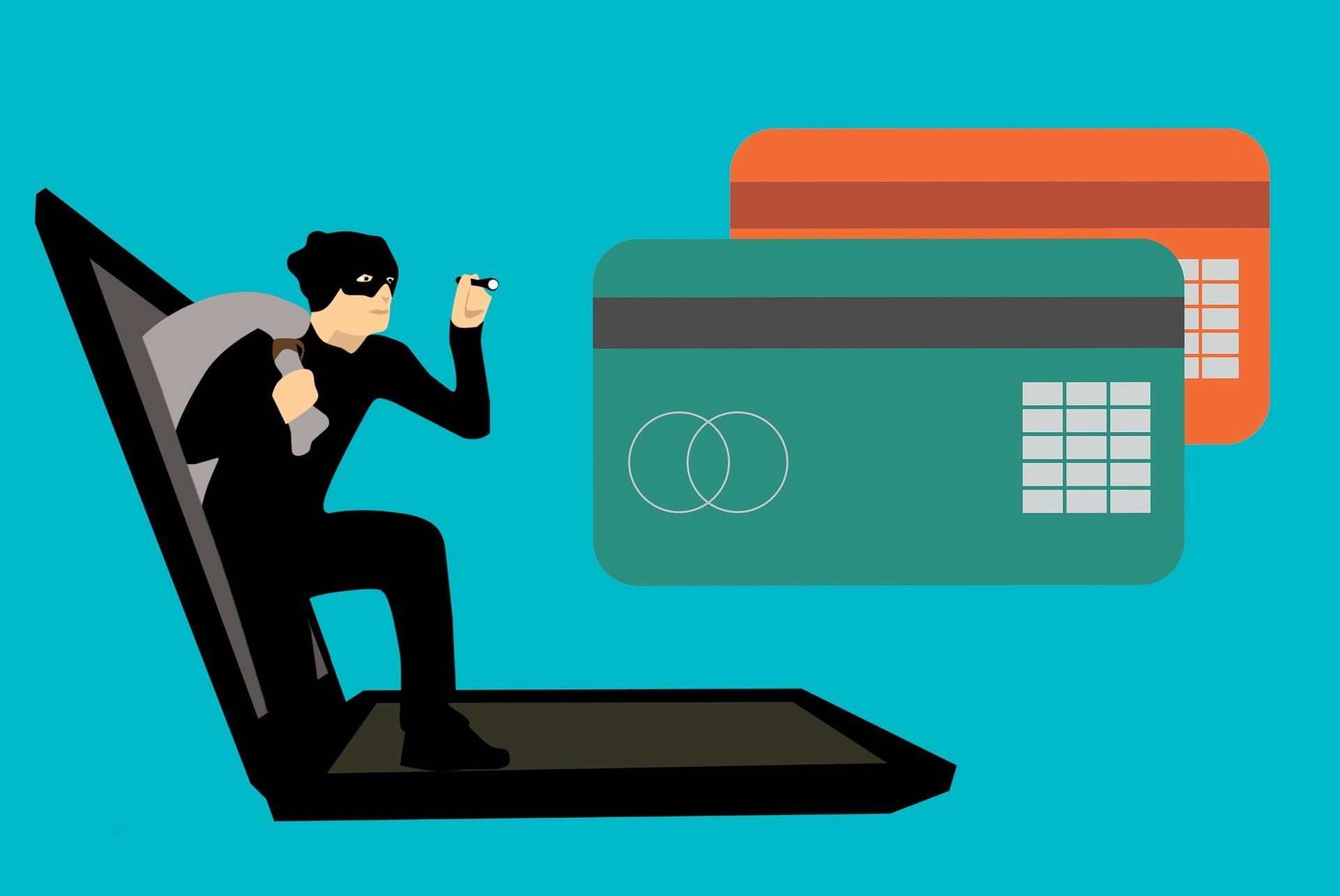Are you doing your very best to avoid beingscammed? Every year, millions of people are affected by tax, bank,phone, and credit card fraud, and statistics are not showing a decrease inthese misdeeds.
Unfortunately, the advancement of technologyhas created many loopholes that can make fraud attempts easier than everbefore. We all love to use our computers and cell phones, but if we don’t takethe proper steps to secure the data within them, then we are giving a free passto those who want to use our information against us.
Fortunately, there are many tips you can use to decrease the chances of consumer fraud, and they are easier than you may think.
How toSpot Potential Fraud
Every day, scammers are coming up with new approaches to successfully commit consumer fraud, so understanding how to spot potential fraud can go a long way to keeping your information safe. One of the primary ways that scammers will try to contact you is through email. It is a tactic called phishing. If you ever get an email from any financial institution asking for personal information — crypto-related or otherwise — consider that a red flag.
Scammers will work hard to make the email lookreal by including the company logo and a fake email address with theinstitution’s name thrown in. However, keep in mind that a legitimate financialinstitution will never email you asking for personal information. Even withthat said, if you are concerned that it may be a scam email, call the financialinstitution to confirm. Never blindly respond to an email if you have theslightest doubt of its legitimacy.
Many phishing emails will include hyperlinksor attachments, do not click or open any of these. An attachment may include avirus, and a hyperlink could lead you to a dangerous site or a fake Bitcoinwallet. As a safety step, if you think an email is on the shady side, hoveryour mouse over the real-looking hyperlink, and you can see the fake websiteURL.
Here are a few other ways to detectpotentially fraudulent activity:
Financial websites should haveHTTPS at the top and not HTTP. The latter means the site is not encrypted andcould be dangerous.
Websites that promise to doubleyour bitcoin overnight likely aren’t legitimate.
Ponzi sites that promise to give you free money if you invite other users to join — if it sounds too good to be true, it probably is.

Image by mohamed Hassan from Pixabay
Data Security on Mobile Apps
Over the years, there has been a rise infintech (financial technology) and mobile finance solutions aimed at making theconsumer’s life easier. However, with new technology comes new opportunitiesfor consumer fraud. Consumers are not blind to these new privacy concerns, andmany of them may decide not to use a mobile app if they think it will threatentheir security. This is why it is equally vital that financial companies ensuretheir mobile apps are secure.
For one, financial companies should make surethat only the most essential personal information is stored on an app and thatusers understand that their personal information is only used to make the appmore useful for their needs. There also should be the option for a customer torefuse to include any of their personal information if they do not feelcomfortable doing so. Finally, a company should always have their privacypolicies available to the user.
When it comes to fraud via mobile apps, it isalso on the consumers to avoid potentially dangerous scenarios. Most importantof which is to keep your phone with you and to have it immediately shut down ifit is stolen, as it will be a treasure trove of information to fraudsters.Users should also have a secure lock screen with a complex PIN or password ascriminals can sometimes gain access to your device and plant malwarewithout having physical access to your device.
FraudPrevention & Safe Record Keeping
When it comes to avoiding consumer fraud, thebest course of action is to be proactive, so you don’t have to be reactive whena breach occurs. It is essential to take all necessary precautions to make surethat this info never gets in the wrong hands. Always be aware of potentialthreats, whether you are out on the road or in your home office.
Fraudsters can use just about any form ofinformation to turn your life upside down. A few basic tips to keeping yourinformation secure include:
Limiting the number of credit cards you have.
Closing accounts you no longer use.
Having a lockable mailbox
Shredding any old bills or unused pre-approved credit card options.
Avoid putting your social security card in your wallet or the number on your driver’s license, checks, or any other items that can be easily stolen.
In the end, it is all about safe record keeping. Any physical informationwith personal data including social security numbers and other account numbersshould be stored in a secure place like a safe or a safety deposit box.Electronic records on your computer must also be secured with complex passwordsand proper antivirus software that has updatesautomatically downloaded and installed when necessary.
As you can see, the advancement of technologycan be a blessing and a curse. Tech can help our lives be more efficient, butif not used properly, it can also open doors to the bad guys. Take a proactiveapproach to the security of your data and personal information and put suchworries to the back of your mind.









